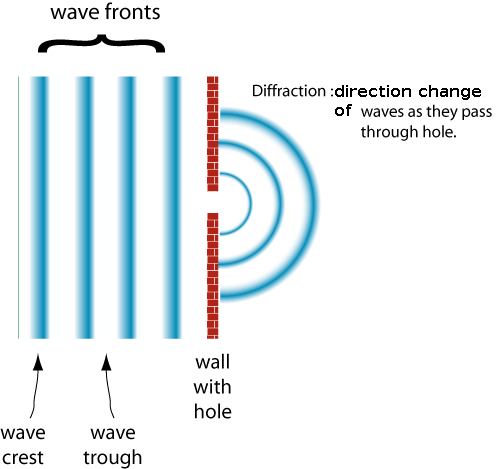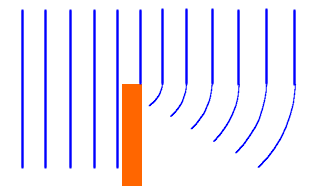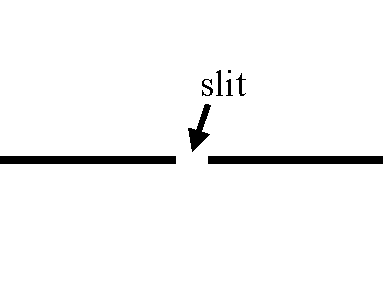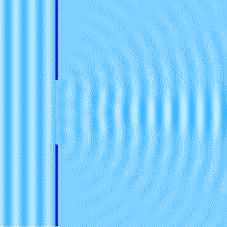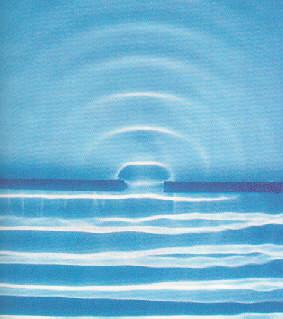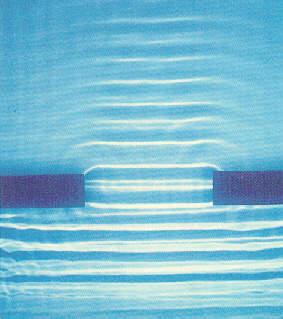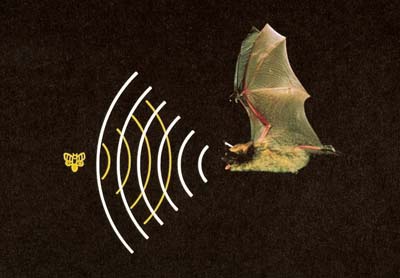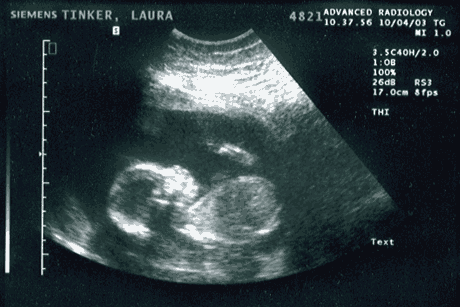DIFFRACTION!
Diffraction is the change in
direction of waves as they encounter obstacles or apertures.
Diffraction is most noticable if the wavelength is comparable to
or greater than the size of the obstacle or aperture. If the
wave length is much smaller than the obstacle or aperture,
diffraction is difficult to detect. Because of diffraction of
sound waves you can easily hear around corners and walls, and
through open windows and doors, even though you are not in line
with the sound source.
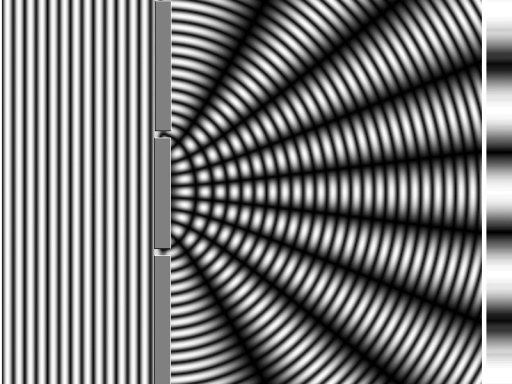
Thomas Young's famous “double slit”
experiment... diffraction plus superposition produces a unique
and almost universal pattern of two-source interference!
Bat echo location and ultrasound
imaging are both examples of the use of very short wavelength,
high-frequency sound waves to locate or visualize
relatively small objects. The wavelength of the sound wave
needs to be smaller than the smallest features that are to be
imaged.
Chladni Plates and Standing Waves
in "Things"!
Beats!
Standing Waves in Pipes!
Doppler Shift!
Back
